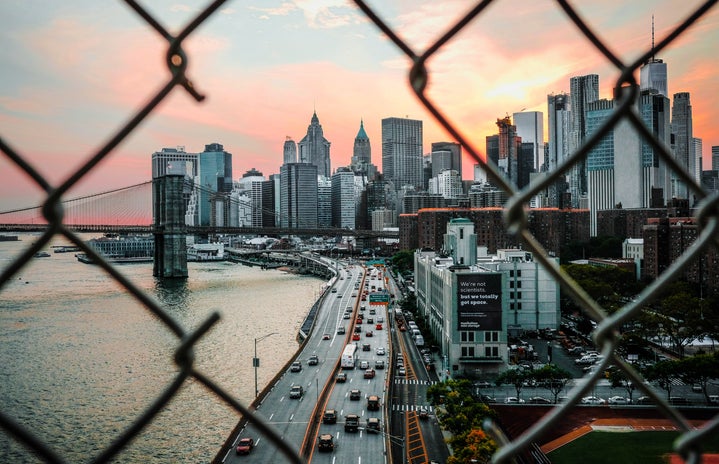Hawaii is no longer a safe place for animals to live. Labelled as the “extinction capital of the world,” Hawaii is losing its native animals at a rapid rate. According to the World Atlas, 50% of Hawaii’s native species have been lost over time, mostly consisting of tropical birds that once roamed the islands before humans.
The tropical archipelago of Hawaii is considered one of the best paradise locations for tourists. It’s a place to enjoy the sun, waters and nature of Hawaii. What people often forget are the animals that live deep in the mountains – and this is scary. The loss of species in Hawaii isn’t new news; the start of losing species dates back to the 7th Century when Polynesian migrants brought dogs, chicken and pigs (harmful animals) to the islands of Hawaii. These invasive species are what triggered the death of Hawaiian native animals such as the arthropods, hoary bats, monk seals, blackburnis, megabats and stilts.
Another wave of destruction continued in the 18th Century when the Hawaiian forests were destroyed and cleared out for sandalwood trees. Back then, sandalwood was a major export and was used for trading. Hawaiian tropical birds such as scarlet honeycreeper, monarch flycatcher, goose, duck, hawk, owl and turns were also hunted due to their bright colored feathers. With the arrival of Europeans later that century, more Hawaiian species suffered due to more deforestation for sugarcane plantations.
In the 20th century up until today, other factors like the influx of tourism to the island of Hawaii, human habitation, global warming and climate change, extraction of natural resources – are all the reasons that native Hawaiian animals have become endangered. It’s estimated that in the next thousand years, all of the islands of Hawaii will not have any of their native animals left on land or in the sea. If the native animals were to disappear, the Hawaiian culture will become weak and ultimately lost.
What can be done? Experts from the Hawaiian Department of Agriculture said that even the claims of endangered native species has done nothing to help preserve the species. In 2013, only 5% of the federal grant of endangered species program was allotted to Hawaii. Future plans include more research to focus on allocating a larger amount of funds towards the conservation of Hawaiian species. Think a thousand years from now – there will be no animal life that Hawaii is known for. This island would be empty and quiet, and will not be the Hawaii we know today.



